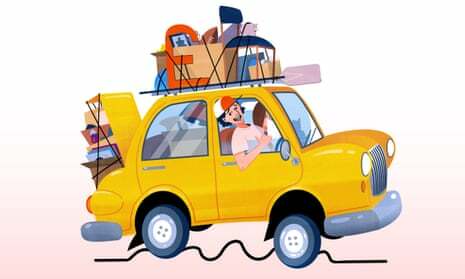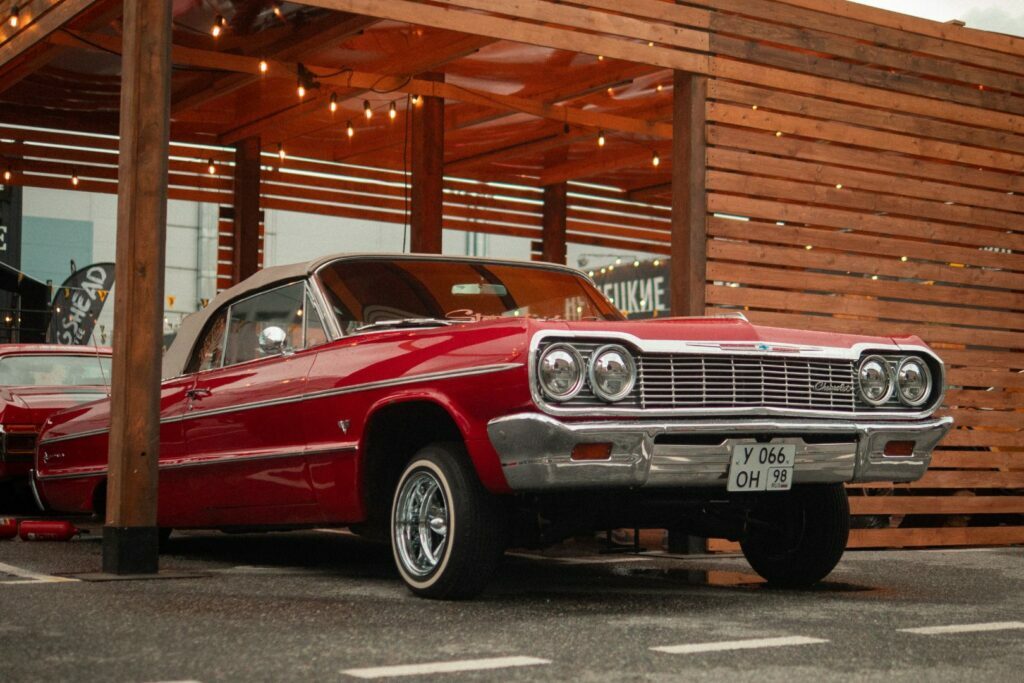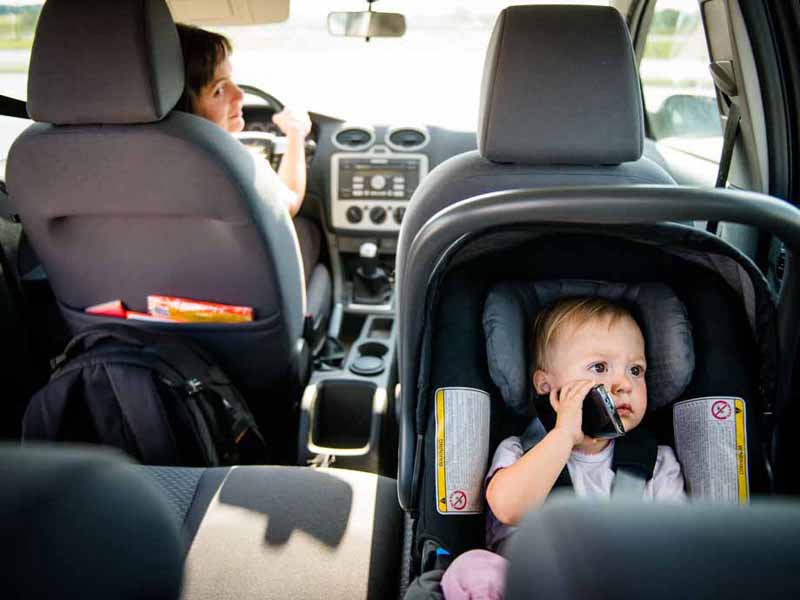How to Sell a Vintage Car: Expert Tips for Maximum Profit
To sell a vintage car, prepare the car by completing any necessary mechanical and cosmetic work, and detail it inside and out. If the car is particularly valuable, consider using a broker or auction house to ensure a smooth sale. Alternatively, explore online platforms like Exotic Car Trader, eBay Motors, or Bring a Trailer, where you can list your car for potential buyers to find. In addition, you can also reach out to classic car dealers in your area or join forums and online communities to connect with interested buyers. Don’t forget to research the value of your vintage car to set an appropriate asking price. Credit: www.flickr.com Research The Market Research the market for selling your vintage car by seeking out reputable platforms such as Exotic Car Trader, eBay Motors, or classic car dealers in your area. Prepare your vehicle for sale by completing necessary mechanical and cosmetic work, and then market it effectively online through platforms like CarGurus or Craigslist for maximum exposure. Evaluate the value of your classic car by considering its uniqueness, condition, and demand in the market. Understand The Demand For Vintage Cars In The Market Before selling your vintage car, it’s crucial to understand the demand for such vehicles in the market. Vintage cars have a unique appeal and attract a specific group of collectors and enthusiasts. By researching the market demand, you can gain valuable insights into the potential buyer pool, which will help you tailor your selling strategy. One way to gauge the demand for vintage cars is by exploring online forums and communities dedicated to classic automobiles. These platforms allow you to interact with like-minded individuals who can share their experiences and provide valuable information on market trends. Additionally, you can gain insights on popular models, manufacturers, and specific features that potential buyers seek when purchasing a vintage car. Research The Current Market Trends And Prices Once you understand the demand for vintage cars, the next step is to research the current market trends and prices. This information will help you determine a competitive selling price for your vehicle. Market Trends Current Prices Stay updated with the latest market trends Research similar vintage cars that have recently sold Identify popular makes and models Analyze the selling prices of comparable vehicles Take note of any fluctuations in demand Consider the condition, rarity, and historical significance of your car Identify Potential Buyers And Target Audience To sell your vintage car successfully, it’s essential to identify potential buyers and target your marketing efforts towards them. These individuals may include collectors, enthusiasts, or individuals looking to restore the vehicle to its former glory. Research online platforms dedicated to vintage car sales, such as Exotic Car Trader or antique car clubs. Attend classic car events, auctions, and exhibitions to connect with potential buyers in person. Utilize social media platforms to showcase your vintage car, targeting relevant hashtags and groups. Collaborate with local automotive enthusiasts and dealerships who specialize in vintage cars. By identifying your target audience, you can tailor your marketing efforts to reach the right individuals and increase your chances of a successful sale. Prepare Your Vintage Car For Sale Before putting your vintage car up for sale, it’s important to ensure that it is in the best possible condition. Buyers are more likely to be interested in a car that is mechanically sound, cosmetically appealing, and well-maintained. To prepare your vintage car for sale, follow these essential steps: Complete Any Necessary Mechanical Repairs And Maintenance Start by assessing the current condition of your vintage car’s mechanical components. Check for any issues such as engine problems, faulty brakes, or transmission issues. Addressing these concerns will not only make your car more attractive to potential buyers but will also increase its value. If you are not well-versed in car mechanics, it is advisable to seek professional help. An experienced mechanic can diagnose and fix any mechanical issues, ensuring that your vintage car is in optimal running condition. Additionally, consider providing relevant documentation such as service records, repair receipts, and a completed maintenance log to show potential buyers that your vintage car has been well taken care of. Address Any Cosmetic Issues And Improve The Car’s Appearance The appearance of your vintage car plays a crucial role in attracting buyers. Potential buyers are more likely to be interested in a well-maintained car that has a visually appealing exterior. Therefore, it’s important to address any cosmetic issues and enhance the car’s overall appearance. Start by inspecting the body of your vintage car for rust, dents, scratches, or paint imperfections. Consider getting these issues fixed by a professional body shop. Applying a fresh coat of paint or touch-ups can greatly improve the car’s visual appeal. Furthermore, replace or repair any damaged or missing exterior parts such as trim, bumpers, or headlights. Detail The Car Inside And Out To Make It Look Presentable A thorough cleaning and detailing session can make a significant difference in the presentation of your vintage car. Buyers are more likely to be impressed by a clean and well-maintained interior. Start by thoroughly vacuuming and cleaning the upholstery, carpets, and mats. Pay special attention to removing any stains, odors, or pet hair. Clean the dashboard, console, and door panels using appropriate cleaning products, making sure to remove any dust, dirt, or grime. Next, move on to the exterior of the car. Give it a thorough wash to remove any dirt, mud, or debris. Consider using a clay bar to remove embedded contaminants. Polish the paintwork to restore its shine and use a high-quality wax to protect the finish. Lastly, don’t forget to clean the windows, mirrors, and all other glass surfaces. Ensure that the tires are clean, and if necessary, apply a tire shine product for a polished look. Determine The Value Of Your Vintage Car When selling a vintage car, it is crucial to determine its value accurately. Knowing the value will help you set a fair asking price and attract potential buyers. To
How to Sell a Vintage Car: Expert Tips for Maximum Profit Read More »






